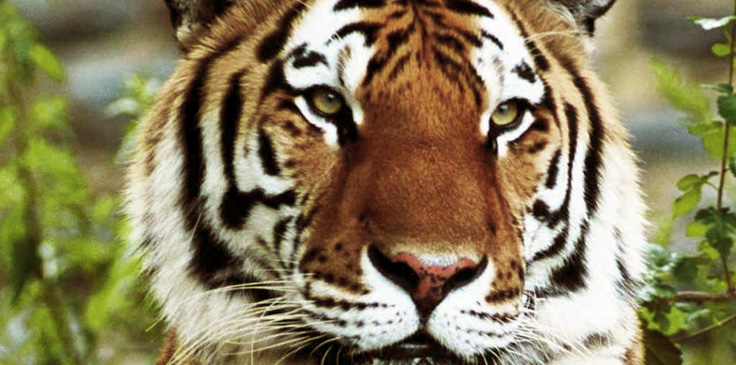
Ranthambore National Park, one of the largestánational parks inánorthernáIndia, is situated in Sawai Madhopurádistrict of southeasternáRajasthan, about 180km south east of Jaipur. The nearest town and railway station is atáSawai Madhopur, about 11km away and Kota is another convenient Station as all the train stops at Kota, which is 110 kms from Ranthambhore. Ranthambhore was established as the Sawai Madhopur Game Sanctuary in 1955 by the Government of India, and was declared one of the Project Tiger reserves in 1973. Ranthambore became a national park in 1980. In 1984, the adjacent forests were declared the Sawai Man Singh Sanctuary and Keladevi Sanctuary, and in 1991 the tiger reserve was enlarged to include Sawai Man Singh and Keladevi sanctuaries.
Ranthambore wildlife sanctuary is known for its tigers and is one of the best places in India to see these majestic predators in the jungle. Tigers can easily be spotted even during the daytime. A good time to visit Ranthambore National Park is November and May when the nature of the dry deciduous forests makes sightings common. Its deciduous forests were once a part of the magnificent jungles of Central India. The park lies at the edge of a plateau, and is bounded to the north by the Banas River and to the south by the Chambal River. There are several lakes in the park. It is named for the historic Ranthambhore fortress, which lies within the national park. The park covers an area of 392km, and is known for its tiger population. Other major wild animals includeáleopard,nilgai,dhole,wild boar,sambar,hyena,sloth bear and chital. It is also home to wide variety of trees, plants,birds and reptiles. Ranthambore is also the site for one of the largest banyan trees in India.
 May 9th, 2012
May 9th, 2012  admin
admin  Posted in
Posted in